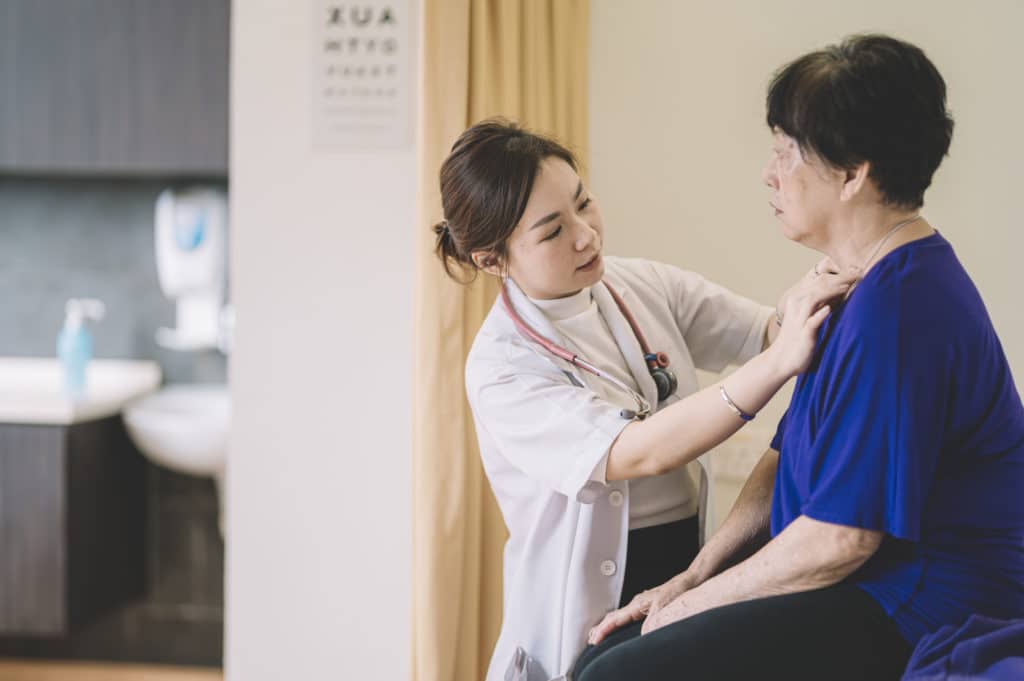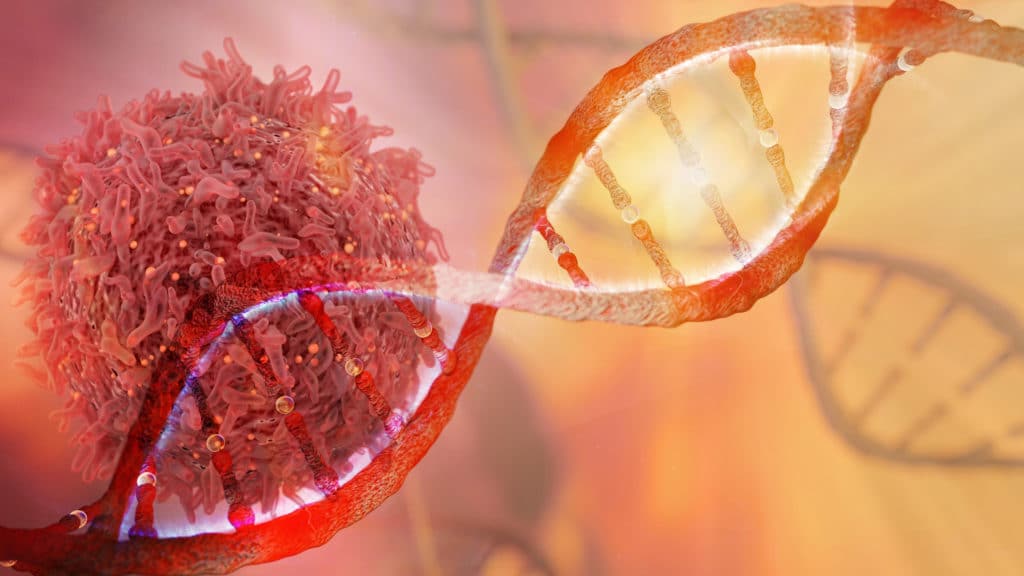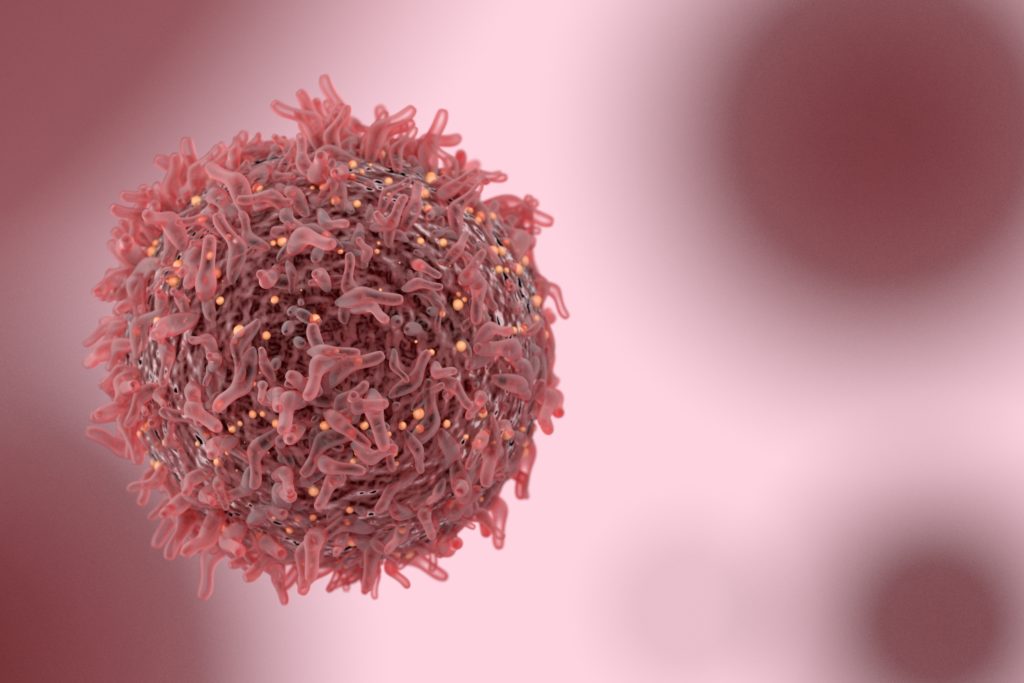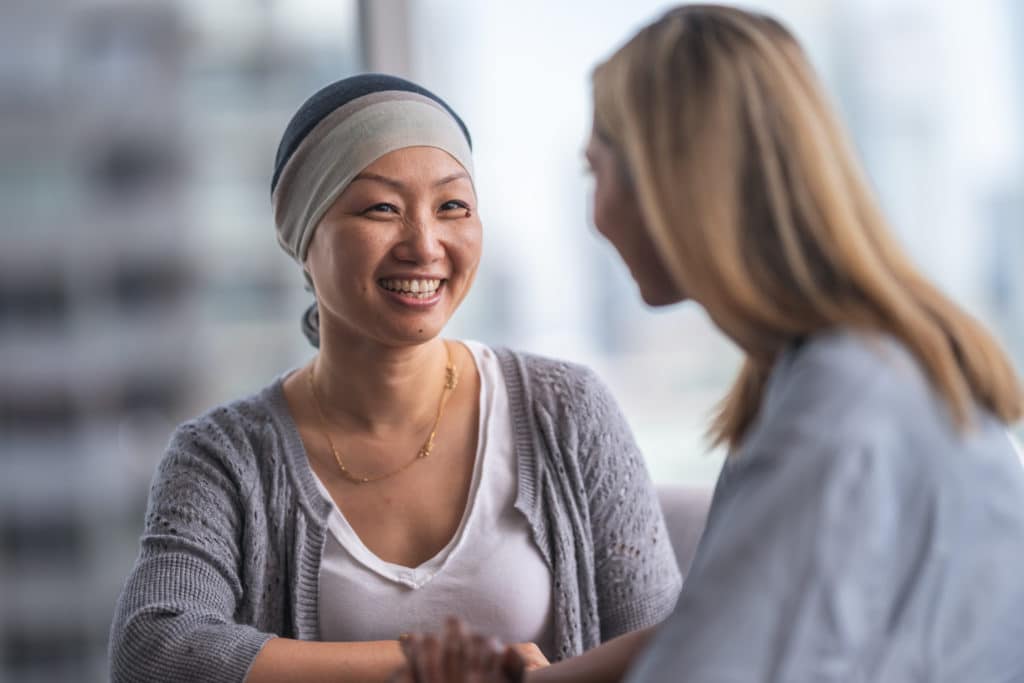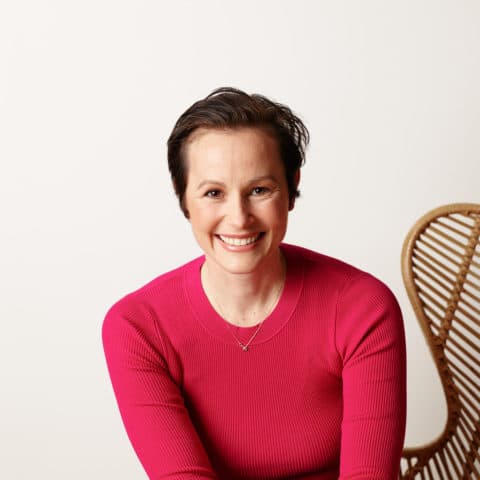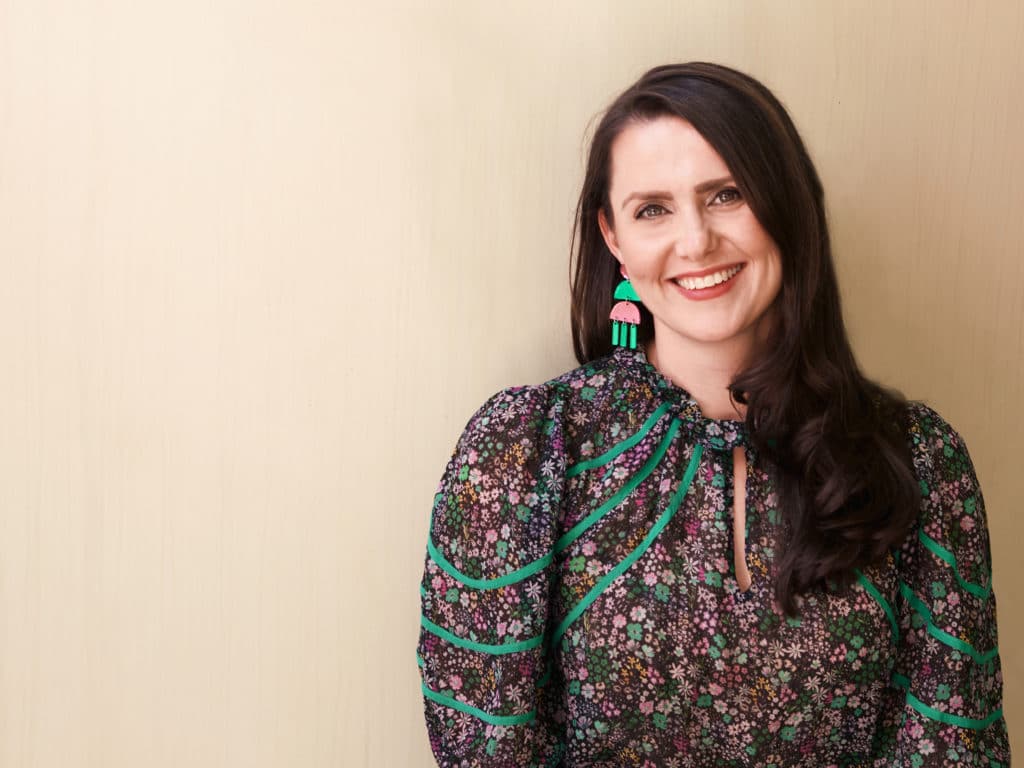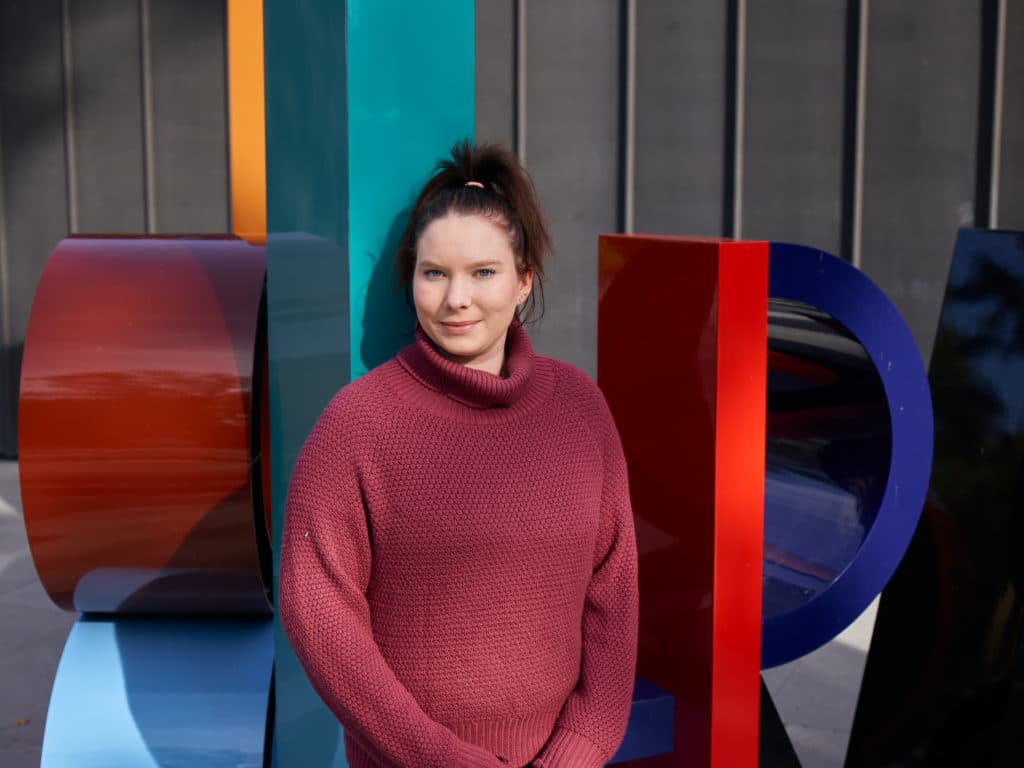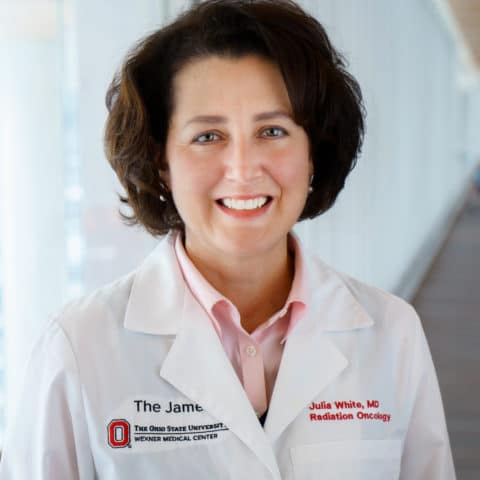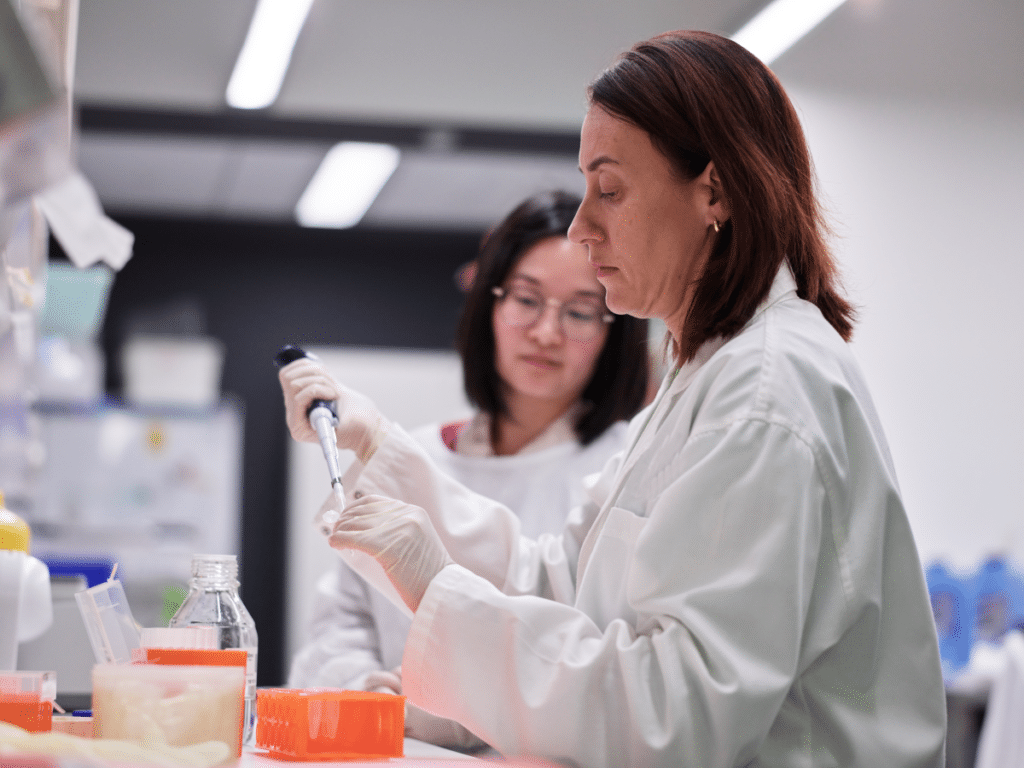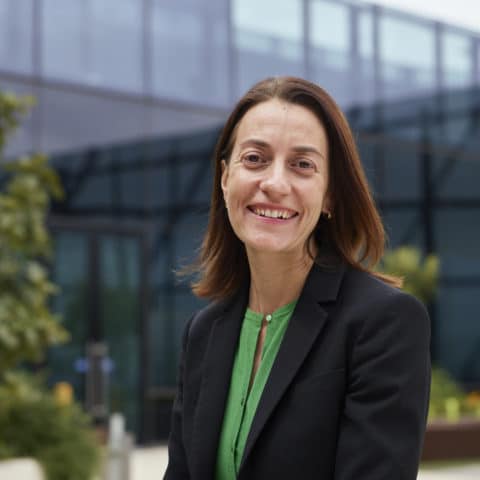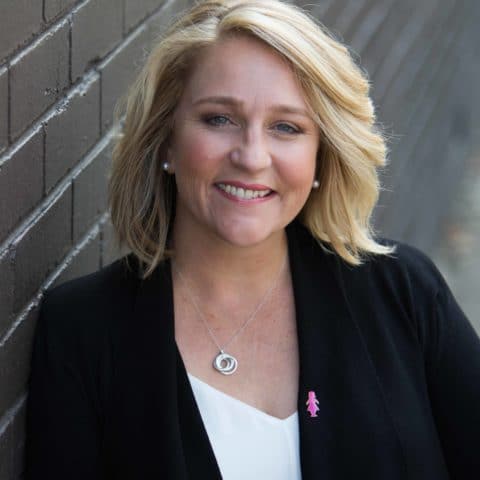Lobular Breast Cancer
Lobular breast cancer is a subtype of breast cancer that originates in the lobules, the glands that produce milk in the breast tissue. This differs from the more common ductal carcinoma, which starts in the milk ducts. It is classified as invasive when cancer cells spread beyond the lobules into surrounding breast tissue.
The exact causes of lobular breast cancer remain unclear, but several risk factors have been identified. These include genetic mutations (such as alterations in the CDH1 gene), hormonal factors (such as increased estrogen levels), and a family history of breast cancer. One of the challenges with lobular breast cancer is that it often does not present with a distinct lump, making early detection through mammograms or breast self-examination difficult.
Early diagnosis is crucial for effective treatment and improved outcomes. Treatment options typically include a combination of surgery, radiation therapy, chemotherapy, endocrine (or hormone) therapy, and/or targeted therapies, depending on the stage and characteristics of the cancer. Ongoing advances in research continue to enhance understanding and treatment options for lobular breast cancer, offering hope for improved outcomes and quality of life for those affected.
What are the Symptoms of Invasive Lobular Carcinoma?
Some patients diagnosed with ILC may not present with any symptoms. When symptoms are present, they may include:
- A new lump in the breast, armpit area or around the collarbone.
- Thickening or hardening in the breast.
- A change in breast size or shape.
- Changes to the nipple, such as sores or crusting, an ulcer or inverted nipple.
- Clear or bloody nipple discharge.
- Changes to the skin including redness, puckering or dimpling (an ‘orange peel’ appearance).
- Breast tenderness or pain.
How is Lobular Breast Cancer Diagnosed?
Diagnosing ILC can be challenging due to the way the cells grow through the breast tissue. ILC typically grows in a line rather than a mass, making it difficult to see the full extent of the disease on a mammogram. Additional imaging with an ultrasound and breast MRI is sometimes required.
Imaging Tests
- Mammogram: A specialised X-ray of the breast to detect any abnormalities or unusual growths. However, ILC can be difficult to identify on mammograms.
- Ultrasound: This technique uses sound waves create images, providing a clearer view, especially if the mammogram raises suspicions.
- Breast MRI: A more detailed imaging test that can provide a comprehensive picture of the breast tissue.
Biopsy
If an imaging test shows an abnormality, a biopsy is performed. This involves taking a small sample of tissue from the suspicious area. A core needle biopsy is commonly used, where a thin, hollow needle is used to collect tissue for examination.
Pathology Examination
The collected tissue is sent to a laboratory, where a pathologist examines it under a microscope. The pathologist looks for specific characteristics, such as the presence of invasive lobular structures.
Hormone Receptor Testing
Testing for oestrogen and progesterone receptors helps determine if the cancer cells are sensitive to endocrine (or hormone) therapies.
Lymph Node Examination
If cancer is confirmed, the doctor may examine nearby lymph nodes to see if the cancer has spread. This is an important step in determining the extent or stage of the cancer.
Staging
Understanding the stage of cancer is crucial for planning the most appropriate treatment. Staging considers the size of the tumour, whether it has spread to the lymph nodes, and whether it has spread to other parts of the body.
Stages of Lobular Carcinoma
Invasive lobular carcinoma (ILC) goes through different stages. It is crucial for doctors to know the stage of the cancer to assess the severity of the disease and guide the treatment plan. The stages of cancer are:
- Stage 0 (Carcinoma in Situ): At this early stage, cancerous cells are confined to the lobules, and there is no invasion into surrounding tissues. This is often referred to as carcinoma in situ, meaning the cancer is localised and has not spread.
- Stage I: Cancer is still relatively localised, typically confined to the breast tissue. The tumour size is relatively small, and there is no evidence of lymph node involvement.
- Stage II: The tumour is larger or may involve nearby lymph nodes. Despite the larger tumour size, the cancer is still predominantly within the breast.
- Stage III: Cancer has spread more extensively to surrounding tissues and lymph nodes. The tumour may be large, and there may be evidence of invasion into nearby structures.
- Stage IV (Metastatic): At this advanced stage, cancer has spread beyond the breast and nearby lymph nodes to other organs or distant parts of the body. This is considered advanced and challenging to treat.
How is Invasive Lobular Carcinoma (ILC) Treated?
ILC are typically oestrogen receptor positive breast cancers, which makes them sensitive to the endocrine (or hormone blocking) treatments such as tamoxifen.
Depending on the stage of ILC, treatment may include a combination of surgery, radiation therapy, chemotherapy, endocrine (hormone) therapy, and targeted therapies. Treatment for ILC also may include breast surgery, radiation therapy and chemotherapy. In most cases, ILC is usually more responsive to endocrine therapy than chemotherapy and is generally preferred.
What are my Chances of Survival (Prognosis) if I am Diagnosed with Invasive Lobular Carcinoma?
Typically, invasive lobular carcinoma tumours are associated with a good prognosis, as they tend to be low grade and oestrogen receptor positive. However, this will depend on your age, health status, tumour type and stage of cancer.
Your age, stage of disease and tumour type has the greatest impact on your chance of surviving five years past your breast cancer diagnosis. For stage 1 breast cancer, the chance of surviving 5 years or beyond is nearly 100%. However, for stage 4 breast cancer, the chance of surviving 5 years or beyond drops to 22%.
Overall, the five-year survival rate for women diagnosed with breast cancer is 91.5%, and 86.4% for men.
Support Us
Help us to change lives through breast cancer clinical trials research

